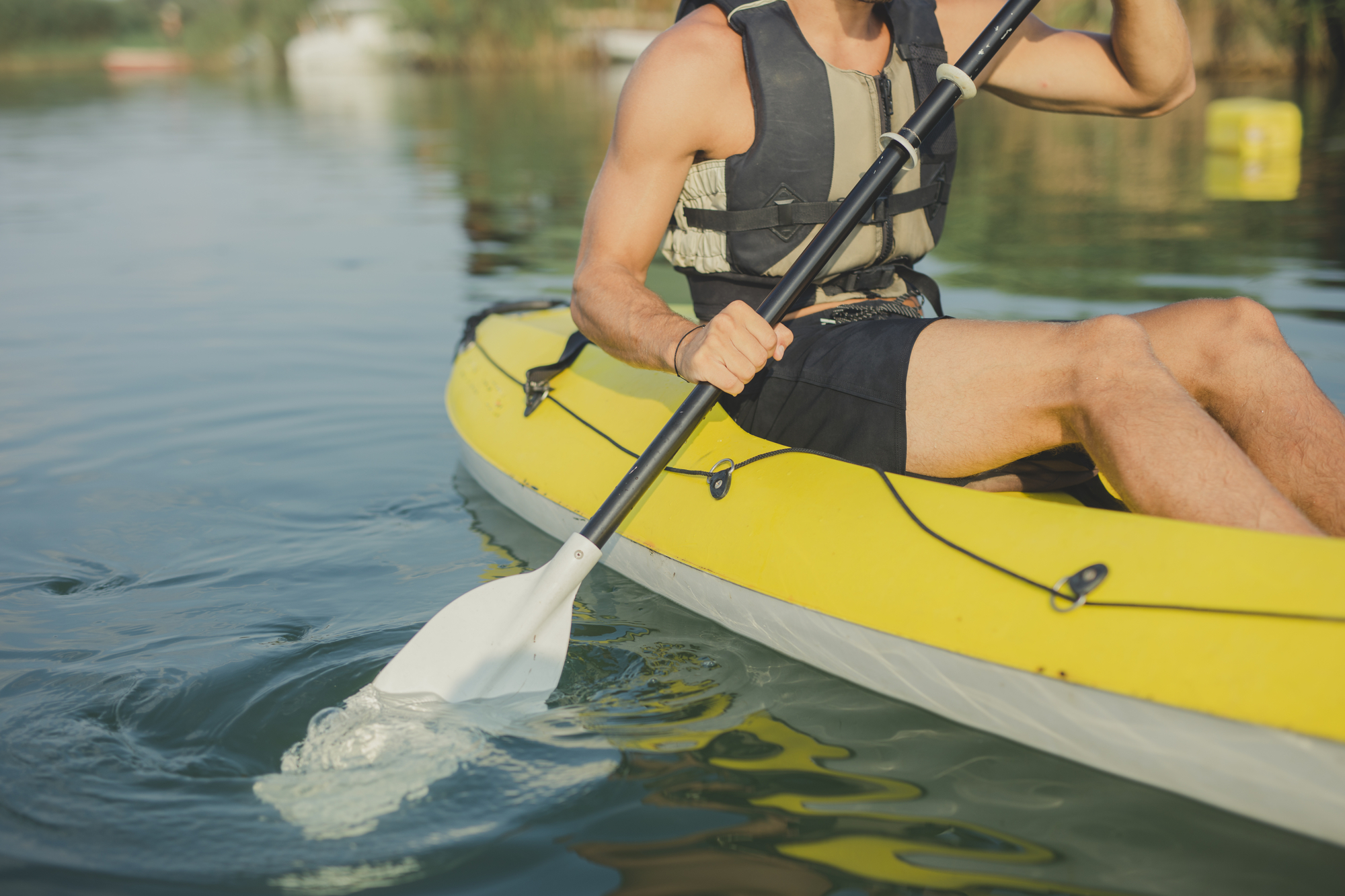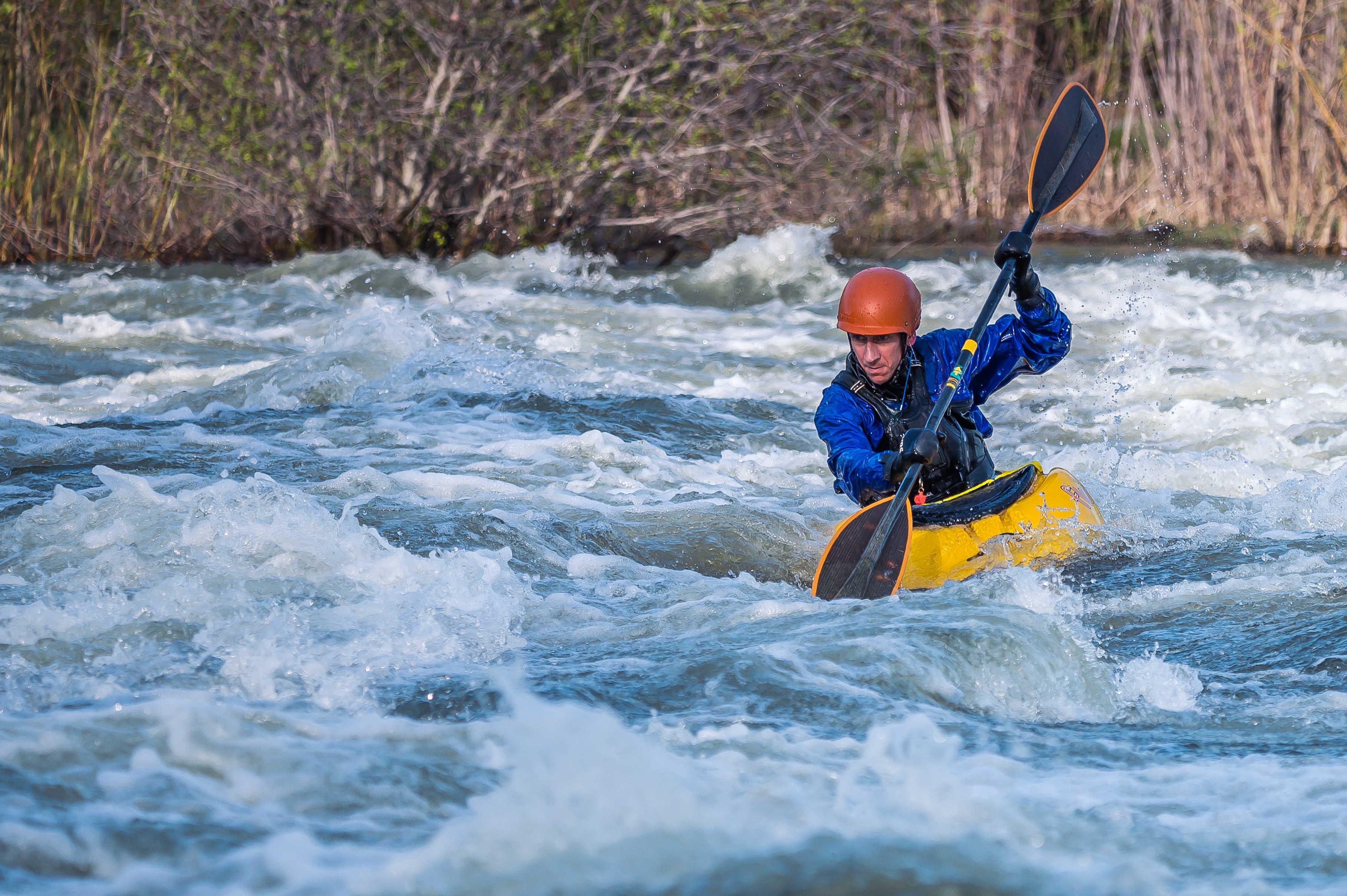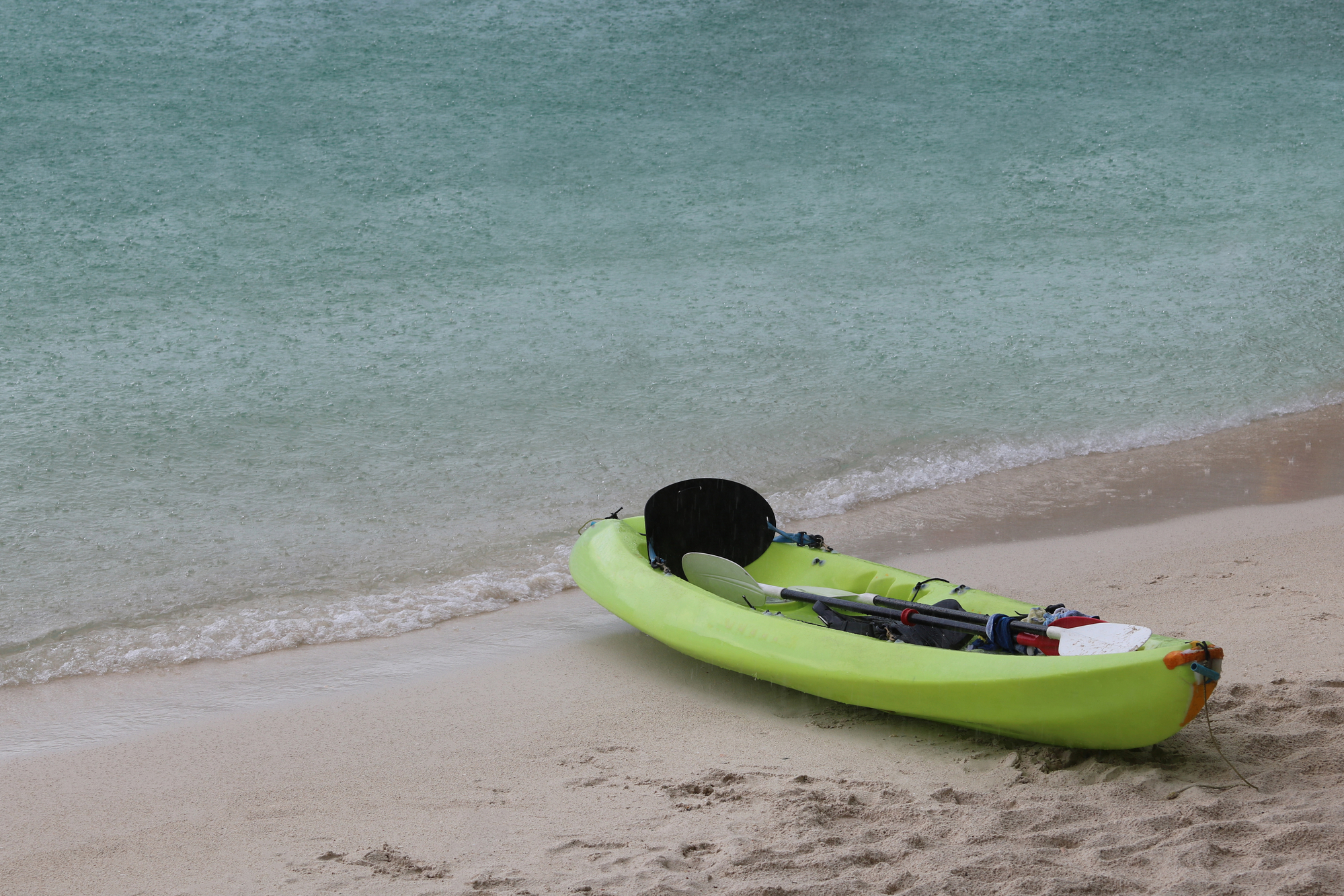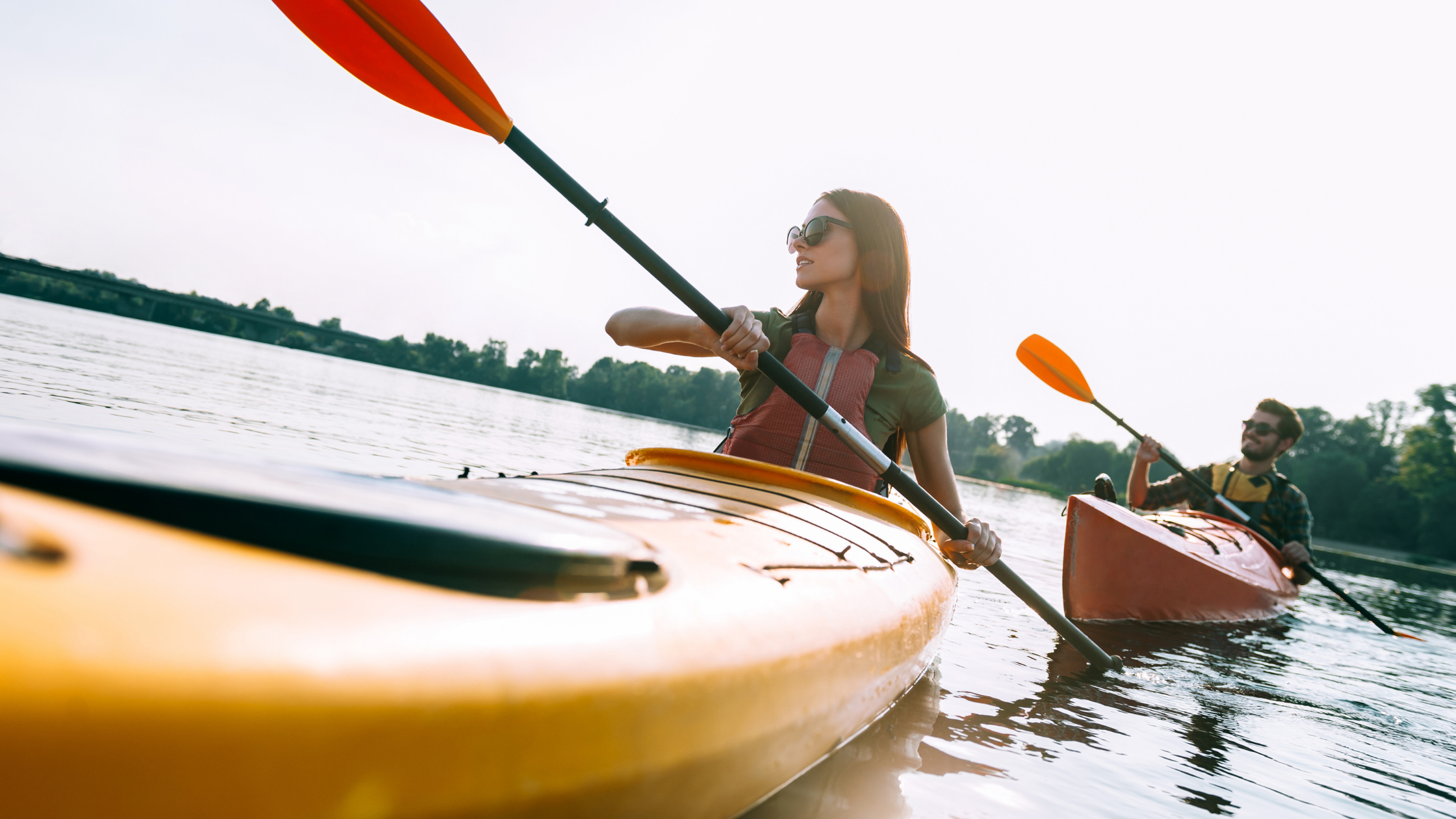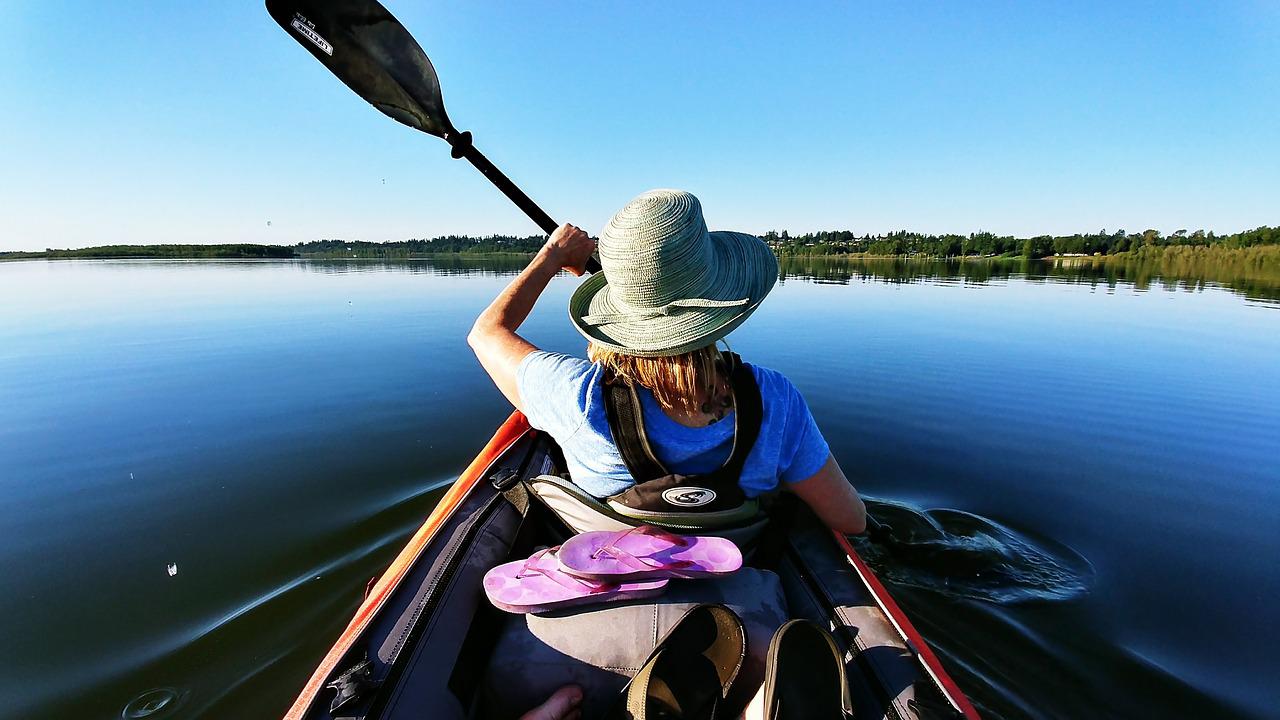No matter what kind of watersport you are into, wearing a life jacket is required. It doesn’t matter if you’re a strong swimmer or swimming in shallow waters; most beaches will not allow you to enjoy water sports without a life jacket.
While most people know that life jackets can prevent a person from drowning, it is also an unfortunate misconception that many people believe that using a life jacket completely eliminates the possibility.
There are circumstances where a person can still drown while wearing a life jacket. Let’s talk about each situation in detail and how you can minimize drowning risks while wearing a life jacket.
Five Times You can Still Drown While Wearing a Life Jacket
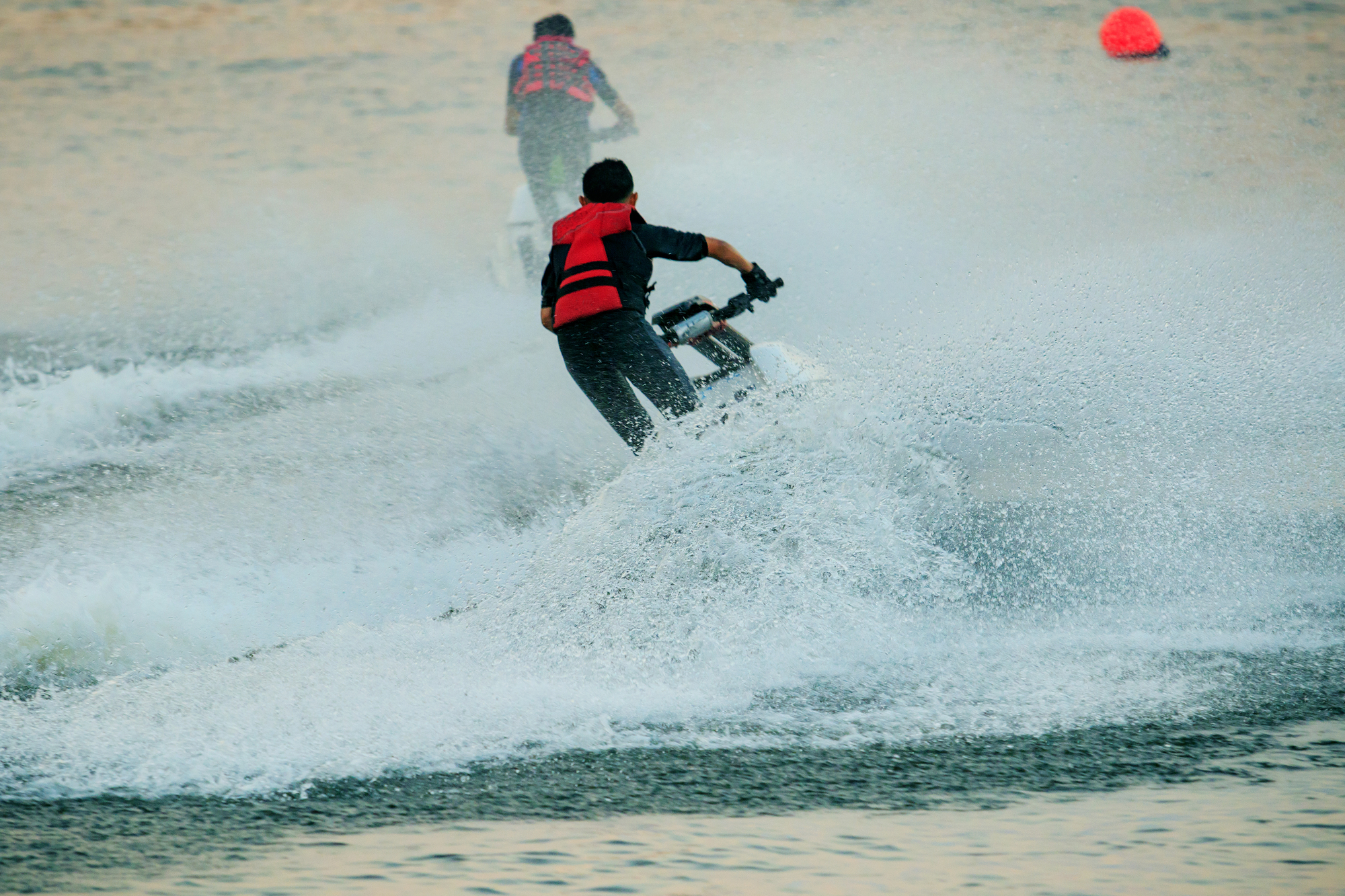
First of all, let’s get one thing clear: a life jacket is an essential tool to prevent drowning. According to a 2017 U.S. Coast Guard report, 80% of the drowning fatalities that year were preventable if the victims wore life jackets.
However, wearing a life jacket does not mean becoming impervious to drowning. While it does drastically reduce the chances of you drowning, there are still factors that can cause you to drown while wearing a life jacket.
Dangerous Water Conditions
There is a good reason why most beaches won’t allow water sports during rough water conditions. While life jackets prevent swimmers from slipping underneath the surface, they won’t do anything to protect the swimmer against large waves.
Large waves can slam into a swimmer and repeatedly drag them underwater in a flush drowning process. Flush drowning is also common in sports such as kayaking and paddling.
The repeated underwater submersion can cause water to enter your nose and mouth and render you unconscious. You can choke or even drown if too much water enters your mouth or nose.
Becoming Unconscious While in the Water
While wearing a life jacket can help you float, there is no guarantee that you’ll be floating in the proper orientation if you are unconscious. If you take a blow to the head (say, from falling off your surfboard), and you lose consciousness, you could float on the surface while facedown in the water.
Given a strong enough blow to the head, there’s a good chance that you won’t regain consciousness for some time. There is a better likelihood of you floating facedown naturally since your head and limbs will drape forward. If you fall unconscious and facedown in the water, you only have around four to six minutes before irreversible brain damage and death occurs.
Getting Trapped or Snagged Underwater
One of the scariest things that can happen to you while out in open water is underwater entrapment. When your foot gets trapped beneath underwater debris or structures (i.e., a coral reef), you become immobilized and unable to return to the surface.
Underwater entrapment is common in shallow waters. Most drowning incidents occur when a person becomes too tired to hold their head above the water. Wearing a life jacket does not help much if you fall forward or you cannot keep your head above the water.
Experiencing Hypothermia
If you are swimming in cold waters, there is a real danger of hypothermia that won’t be reduced by wearing a life jacket. While hypothermia does occur faster in cold waters, you might be surprised to learn that you can still experience the condition even in water temperatures of around 60℉ to 70℉.
In hypothermic conditions, the risk of drowning comes with both deteriorating mental capabilities and loss of consciousness. Prolonged exposure can cause you to react slower to environmental dangers, increasing the chance of hitting your head. Even if you avoid hitting your head, your body will naturally shut down eventually, and you will fall unconscious.
Using Old or Damaged Life Jackets
Old or damaged life jackets should not be used for water sports since they are no longer buoyant enough for safety and protection. If you use a damaged life jacket, you will exert much more energy to remain afloat, leading to a higher risk of exhaustion.
It can be hard to determine whether a life jacket is still good enough to be safe. If there are visible tears in the material, you should immediately consider replacing your life jacket.
Using Ill-fitting Life Jackets
A life jacket is only helpful if it stays snug and secure on you. Remember, you’re probably going to experience rough conditions while in the water. A loose-fitting life jacket can easily slip off you.
There’s a reason why life jackets come in a range of sizes! If you regularly go out in open or rough waters, don’t gamble on generic life jackets you can find for rent on the beach. It is best to use a life jacket that fits well on your frame.
Minimizing Drowning Risks While Wearing a Life Jacket
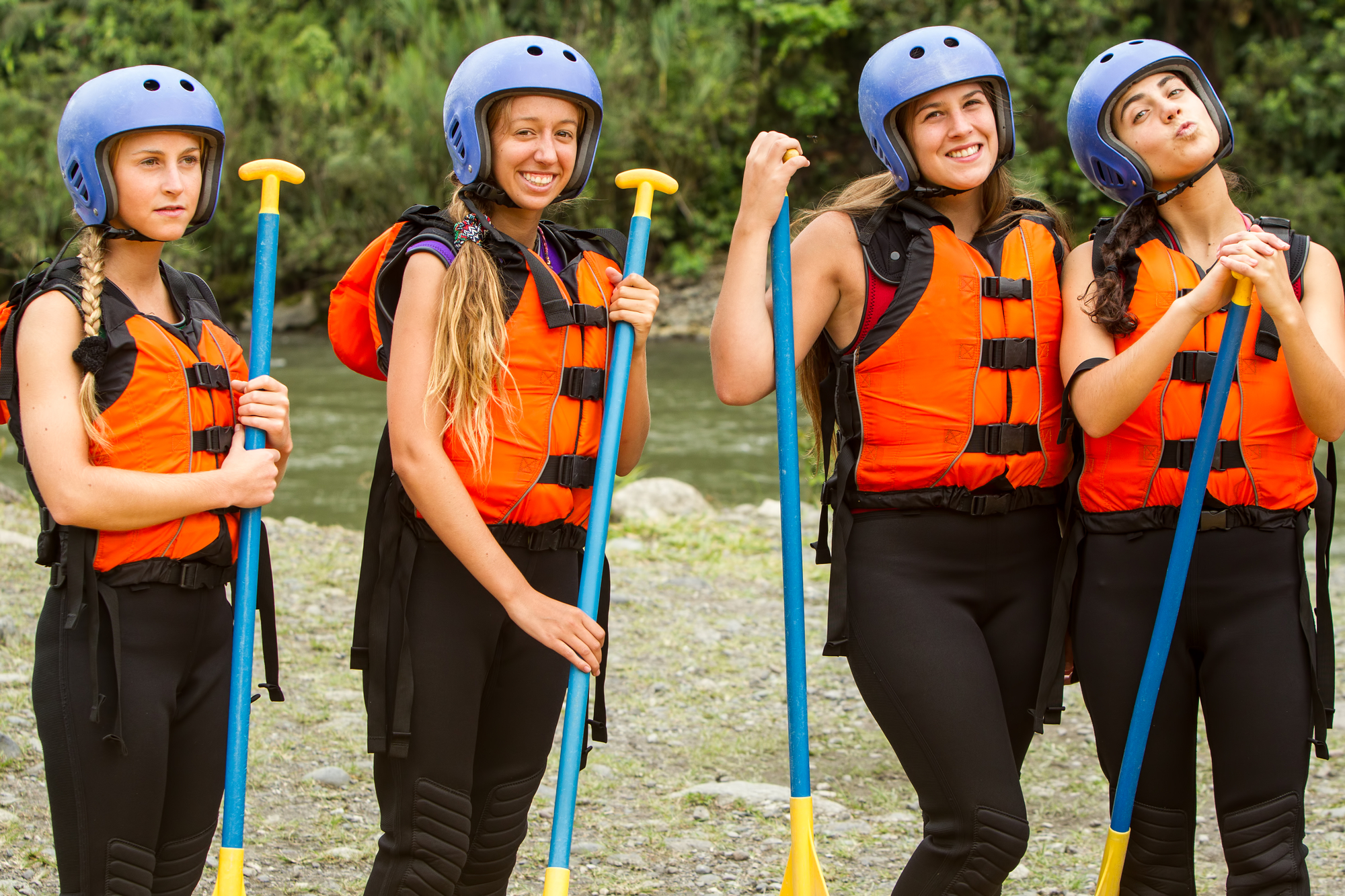
Now that you know the various circumstances when wearing a life jacket might not protect you from drowning, it’s worth knowing how you can further minimize these risks. These four tips can help you stay safe in the water.
- Wearing life jackets that are secure and properly fitted
There’s no such thing as a “one size fits all” life jacket.” You need to find a life jacket that best suits your weight and height for optimum protection and safety. It may take a bit of trial and error to find one that fits you comfortably.
A good fit should feel snug but not restrictive. You should still be able to breathe easily and move your arms freely, but you should not be able to slip your arms through arm holes.
- Checking the condition of your life jacket
You should inspect your life jacket every time before using it to go out in the water. Look for breaks, tears, and signs of wearing down. You should also check whether the clasps or straps still fasten securely. If your life jacket has extra safety features such as a whistle or safety lights, make sure that these are functioning correctly.
It is a good idea to check the buoyancy of your life jacket by entering a shallow body of water before going out into open water. If your life jacket cannot keep you afloat in shallow water, it’s time to replace the life jacket.
- Dressing warmly underneath
Dressing warmly is an excellent way to avoid hypothermia. Remember, hypothermia can strike even in warmer temperatures, given long enough exposure to water. Wetsuits are one of the best outfits for conserving body warmth.
Some people find wetsuits to be too heavy and restrictive. If you’re in a warm climate, you can use boardshorts and a rash guard instead. Just make sure that you have some form of protective layer underneath your life jacket.
- Use the buddy system
It might be cliche, but there is truth to the saying, “there’s safety in numbers”. While it’s better to go out in open water in a group, you should at least use the buddy system if going out in a group isn’t possible.
The more people you have with you, the safer it will be. It’s easier to spot a group compared to a lone person. More people also means that you’ll have more help if tragedy strikes.
Conclusion
While a life jacket is undoubtedly an essential piece of gear that keeps you safe out in the water, you shouldn’t rely on it as your only source of protection. While a life jacket helps prevent you from drowning, it is not a surefire way of avoiding an accident.
Using a high-quality, strong, and durable life jacket is only one part of staying safe out in the water. You should also take other steps to protect yourself, such as staying fit, using a buddy system, and wearing the proper outfit.
Stay safe out there, and don’t forget to suit up in your life jacket!

